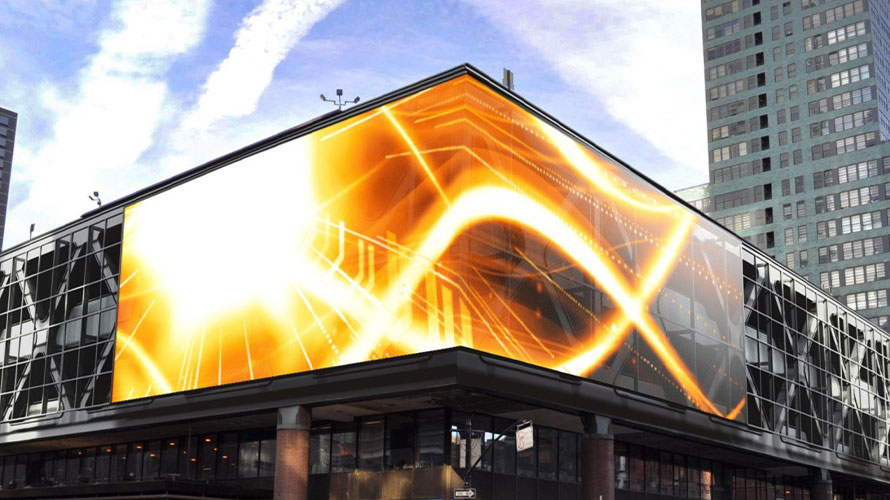The quality of the light-emitting diode elements plays a major role in hue consistency. Various types of light-emitting diodes emit light at varying wavelengths, which can affect the overall color output. High-quality light-emitting diodes are engineered to generate a more consistent light range, leading in better hue accuracy. Additionally, the manufacturing process of these light-emitting diodes can affect their performance. Panels made with superior materials and techniques tend to have less hue differences, guaranteeing that the shown pictures and footage look vibrant and true to reality.

Tuning is another essential element in preserving color consistency in light-emitting diode wall screens. Calibration entails modifying the settings check of the panel to make certain that the colors shown match the intended appearance. This procedure can consist of fine-tuning brightness, differentiation, and hue balance. Regular tuning is essential, especially in environments where lighting factors vary often. By calibrating the screens, specialists can fix any discrepancies in color result, resulting to a more uniform viewing experience.
Surrounding factors also affect color uniformity in light-emitting diode wall panels. Elements such as surrounding light, heat, and humidity can influence how colors are seen. For example, intense ambient light can wash out hues, making them look less vibrant. Similarly, extreme heat can influence the performance of the LEDs, leading to hue changes. To reduce these issues, it is essential to install LED wall screens in managed settings where illumination and heat can be managed effectively.
Lastly, the layout and arrangement of the light-emitting diode wall panels can impact hue consistency. The arrangement of the screens, as well as the spacing from which they are observed, can create differences in hue recognition. When screens are arranged too far apart or at different angles, viewers may notice discrepancies in hue. To achieve the best visual output, it is important to take into account the positioning and alignment of the panels during installation. By tackling these factors, operators can guarantee that their light-emitting diode wall panels deliver a consistent and high-quality visual experience.